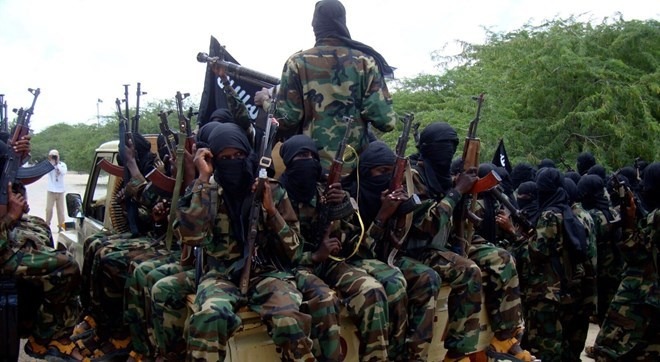Facebook Twitter (X) Instagram Somali Magazine - People's Magazine
The Somali National Army (SNA), in coordination with local allied forces, has launched a major joint operation targeting Al-Shabaab militants in the forested El-Dhere area, located along the border between the Hiiraan and Middle Shabelle regions. The offensive, which included direct ground combat and precision airstrikes, marks a significant escalation in the federal government’s campaign to dismantle the extremist group’s strongholds in central Somalia.
According to a statement released by the Federal Government, the operation was carried out with support from international partners and resulted in the deaths of several Al-Shabaab leaders and fighters. Multiple militant hideouts were destroyed, and key logistical assets were seized or neutralized. The government emphasized that the airstrikes were carefully coordinated to minimize civilian casualties while maximizing operational impact.
The El-Dhere region has long served as a strategic corridor for Al-Shabaab, allowing the group to move fighters and supplies between central and southern Somalia. By targeting this area, the Somali National Army aims to disrupt the group’s mobility and weaken its operational capacity. Officials noted that the offensive is part of a broader national strategy to reclaim territory and restore government control in areas previously dominated by insurgents.
Local residents reported hearing heavy gunfire and explosions as the joint forces advanced through the dense terrain. Community leaders in nearby towns expressed cautious optimism, praising the military’s efforts while urging continued vigilance to prevent retaliatory attacks. “We’ve lived under the shadow of Al-Shabaab for too long,” said one elder from Beledweyne. “This operation gives us hope that peace and stability are within reach.”
The Somali government has intensified its military campaign against Al-Shabaab in recent months, following a series of deadly attacks on civilians, government officials, and infrastructure. President Hassan Sheikh Mohamud has pledged to eliminate the group’s influence and restore national unity, calling on all Somalis to support the armed forces in their mission.

This latest offensive also underscores the growing role of local militias and community defense units in the fight against extremism. These groups, often composed of clan-based fighters, have been instrumental in gathering intelligence, securing liberated areas, and supporting national troops in combat operations. Their involvement reflects a shift toward more localized, community-driven security strategies.
While the government has not released an official casualty count, military sources confirmed that the operation inflicted significant losses on Al-Shabaab and disrupted several of its command centers. The Ministry of Defense stated that follow-up operations are planned to consolidate gains and prevent the militants from regrouping.
Security analysts have welcomed the offensive as a critical step in weakening Al-Shabaab’s grip on central Somalia. However, they caution that sustained pressure, political reconciliation, and economic development will be essential to achieving lasting peace. “Military victories are important, but they must be accompanied by governance and services to win the hearts and minds of the people,” said one regional expert.
As the Somali National Army and its allies continue their push into militant-held territory, the success of this operation could serve as a turning point in the country’s long-running battle against extremism. The government’s ability to maintain momentum and deliver tangible improvements in security and governance will determine whether these gains can be translated into lasting stability.

